Top Things to Know Before Buying a Garden Gym
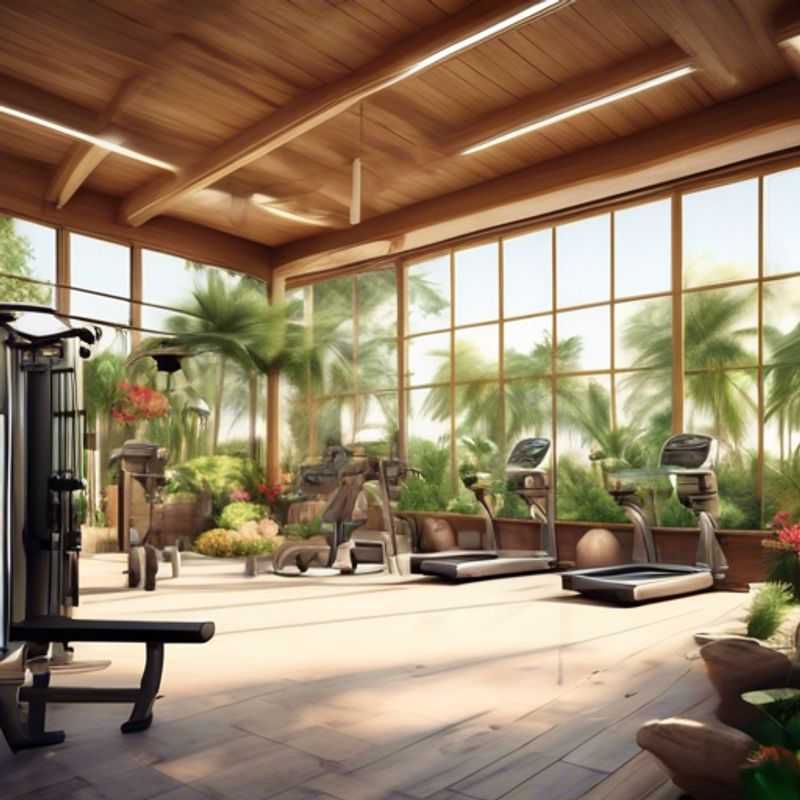
Top Things to Know Before Buying a Garden Gym: A Practical Guide
Ah, the garden gym. A dream for any fitness enthusiast who longs for a serene and invigorating workout experience. But before you dive headfirst into the world of outdoor fitness, there are a few crucial things to consider. It's all about ensuring your investment is a perfect fit for your space, lifestyle, and of course, your fitness goals.
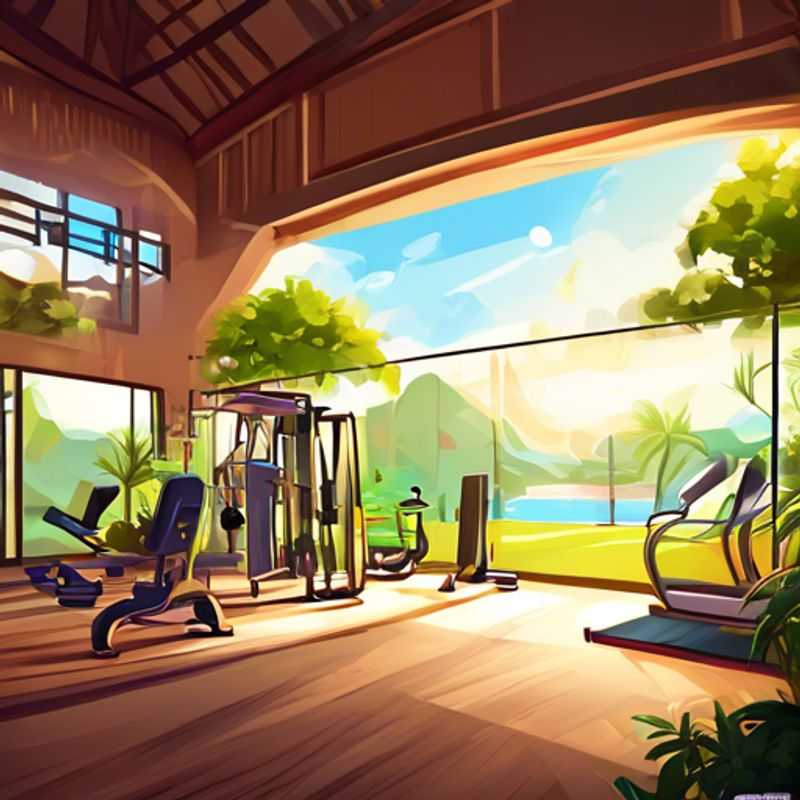
Measure for Success: Ensuring Your Garden Gym Fits Perfectly
Before diving into the exciting world of your new home gym, take a moment to ensure your equipment fits! Measure your garden space meticulously, focusing on both length and width of the area you intend to use.
Consider the dimensions of each piece of equipment you plan to purchase. Look for product specifications online or in store. It's helpful to sketch a basic plan of your garden, marking out the designated gym area and the dimensions of your equipment. This simple visual will help you visualize the layout and ensure adequate space for movement and safety.
Remember to leave sufficient clearance around the equipment for safe use. Allow for enough space to move freely, access the equipment, and avoid accidental bumping. Additionally, factor in the height of the equipment, particularly if you have low-hanging branches or power lines.
If you're considering custom-built equipment or structures for your gym, consult with a professional to determine the best placement and ensure proper installation and safety. They can offer expert advice and ensure your home gym is not only functional but also complements the aesthetics of your garden.

Garden Gym Safety: Diving Deep into Weight Capacity and Stability
Before setting up your garden gym, it’s crucial to assess the weight capacity and stability of the equipment. This ensures safety and longevity for your investment.
Start by checking the manufacturer's specifications. These often include weight limits for each piece of equipment.
Inspect the equipment's construction. Look for sturdy materials and robust welds. Pay attention to the base of the equipment, ensuring it is wide enough for stability.
Consider the ground. If your garden is uneven, you may need to adjust the equipment’s base or use leveling pads.
Think about the weather. If you live in an area with strong winds or frequent storms, choose equipment with a stable design.
Remember, safety should always come first. If you have any doubts about the equipment's capacity or stability, consult with a qualified professional.
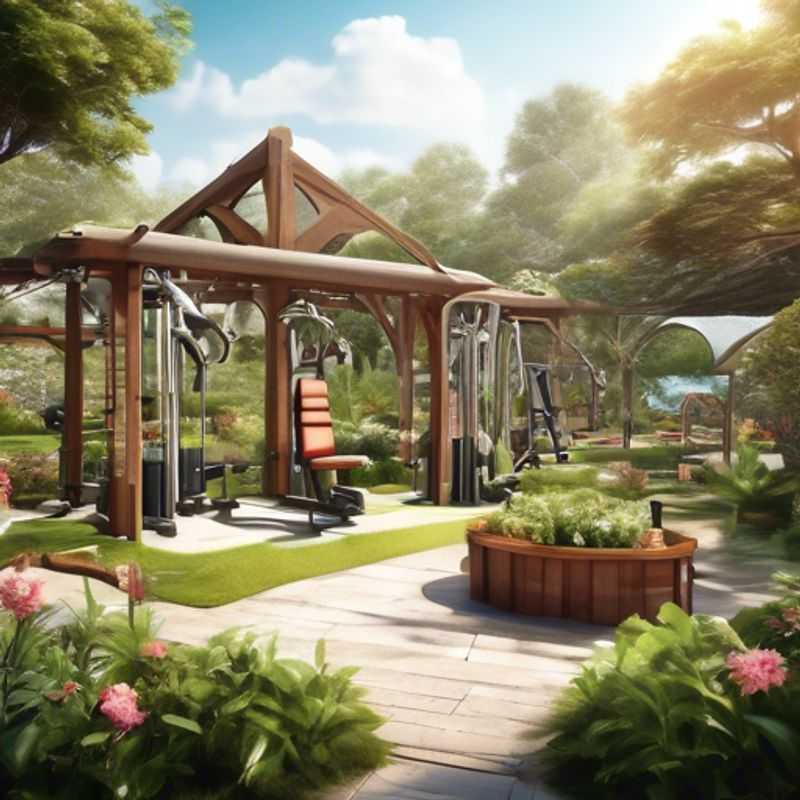
Weather-Wise Construction: Choosing Materials That Stand the Test of Time
Choosing the right materials for your project is crucial, especially when considering the weather conditions in your area. Weather-resistant materials can withstand harsh elements, extending the lifespan of your project and minimizing maintenance costs. Understanding the climate in your area is key to selecting the appropriate materials.
For example, if you live in an area with high humidity, you'll want to choose materials that are resistant to moisture and mildew. Wood, for example, is susceptible to rot and decay in humid environments. Therefore, consider using treated lumber, composite decking, or other moisture-resistant materials.
In areas prone to extreme temperatures, you'll need materials that can withstand both heat and cold. Certain metals, such as aluminum, expand and contract with temperature fluctuations. For regions with extreme cold, consider materials like concrete or stone, which are more resistant to temperature changes.
For areas with high winds, ensure your project is built with sturdy, wind-resistant materials. Stronger framing and anchoring methods can help withstand strong gusts.
Don't forget about precipitation! If you live in an area with frequent rainfall or snowfall, select materials that are water-resistant and can withstand the weight of snow and ice.
Research and consult with experts to determine the best weather-resistant materials for your specific needs and location. This will ultimately contribute to a long-lasting and functional project that can stand the test of time.
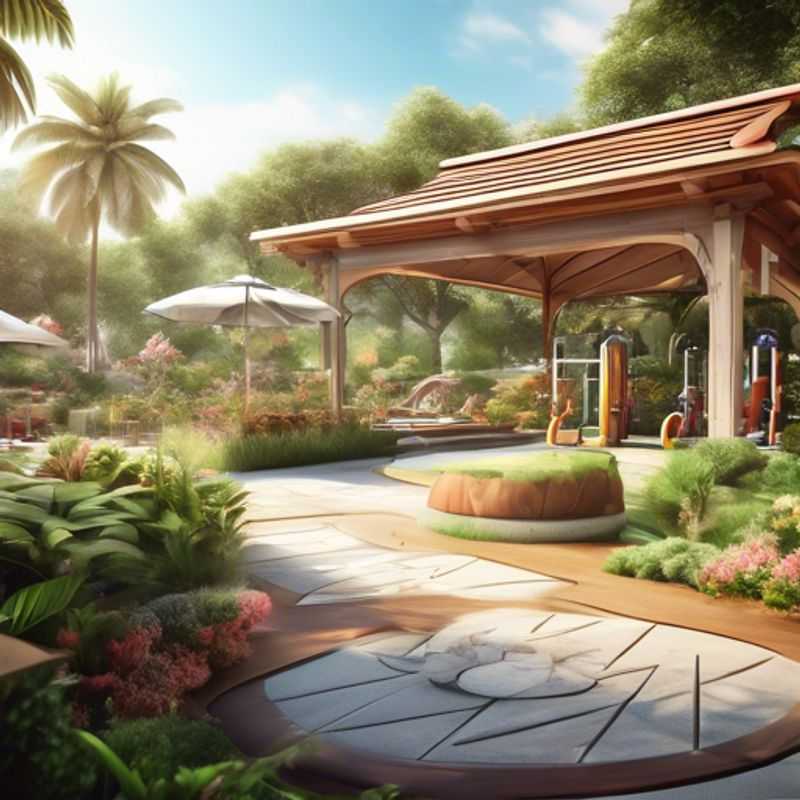
Easy Assembly & Disassembly: The Key to Convenient Setup and Storage
Easy assembly and disassembly are crucial features for any product that needs to be set up and stored frequently. It not only saves you time and effort but also minimizes the chances of damage during assembly and disassembly.
Look for products with features like:
Quick-release mechanisms: These are often found on furniture, tents, and other portable items. They allow you to quickly and easily assemble and disassemble the product with minimal tools.
Intuitive instructions: Clear and concise instructions are essential for a seamless assembly process.
Pre-assembled components: Many products come with pre-assembled components, reducing the overall assembly time.
Lightweight and portable design: A lightweight design makes it easier to transport and store the product.
Modular design: Modular design allows you to easily adjust the product's configuration to suit your needs.
Durable materials: High-quality materials ensure the product can withstand multiple assemblies and disassemblies without breaking down.
When choosing a product, consider these factors to find the right fit for your needs.
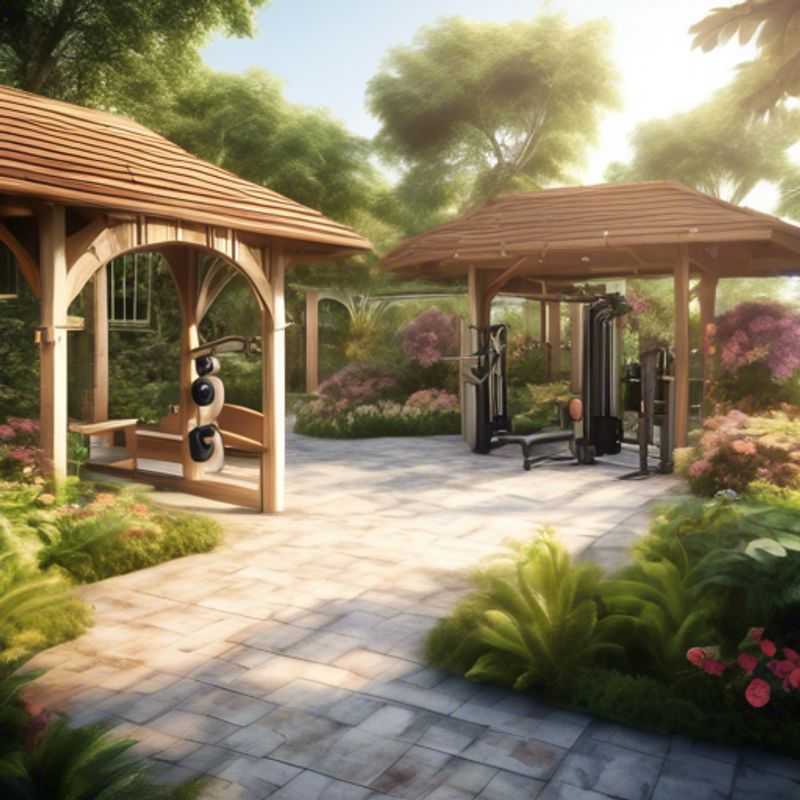
Prioritizing Safety: Sturdy Construction & Anti-Slip Surfaces - Why They Matter
Prioritizing safety features in construction and design is crucial for ensuring a safe and secure environment. Sturdy construction and anti-slip surfaces are two key aspects that play a vital role in preventing accidents and injuries.
Sturdy construction involves using high-quality materials and robust building techniques. This ensures that structures are durable, resistant to wear and tear, and capable of withstanding external forces. Using reinforced concrete, steel beams, and properly secured connections are essential for creating a strong and stable building.
Anti-slip surfaces are particularly important in areas where there is a risk of slipping, such as stairs, ramps, walkways, and bathrooms. Using materials with high friction coefficients, such as textured tiles, rubber mats, or non-slip coatings, can significantly reduce the risk of falls.
When planning and budgeting for a project, it's essential to consider the costs associated with implementing these safety features. Sturdy construction may require higher initial investment in materials and labor, but it can save on future maintenance and repair costs. Anti-slip surfaces may also involve additional expenses for specific materials and installation techniques. However, the long-term benefits of preventing accidents and injuries far outweigh the initial investment.
Remember, prioritizing safety features is not just a legal requirement, it's a moral obligation to ensure the well-being of all users. By investing in sturdy construction and anti-slip surfaces, you're creating a safer and more enjoyable environment for everyone.
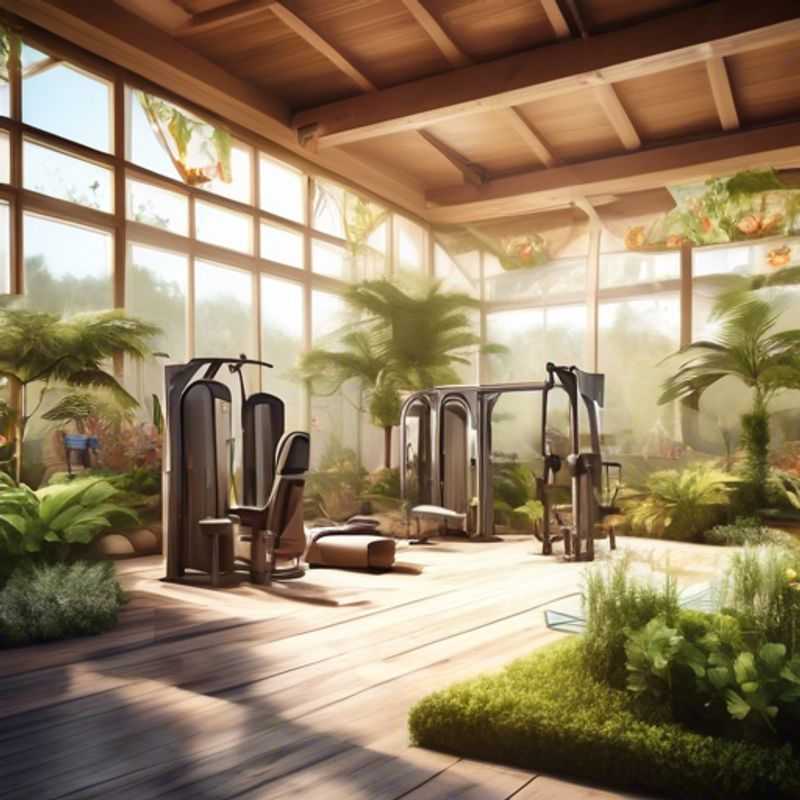
Beyond the Specs: Evaluating Warranty and Customer Support
When evaluating a manufacturer's warranty and customer support, it's crucial to assess their commitment to ensuring your satisfaction. This involves considering the coverage duration, the scope of protection offered, and the accessibility of support. A comprehensive warranty typically covers defects in materials and workmanship, while customer support should offer readily available assistance via phone, email, or online resources. Consider the manufacturer's reputation for responsiveness and effectiveness in addressing customer concerns. A robust warranty and responsive customer support provide peace of mind, knowing that you have access to assistance when needed.
Here are some key aspects to evaluate:
Warranty Duration: Examine the warranty's duration and whether it covers the entire product or specific components. A longer warranty period typically indicates greater confidence in the product's quality.
Coverage Scope: Understand the extent of the warranty's coverage. Does it include defects, accidental damage, or wear and tear?
Customer Support Channels: Determine the available support channels, including phone, email, live chat, and online resources. Are these channels readily accessible and responsive?
Reputation: Research the manufacturer's reputation for customer service. Online reviews and forums can provide insights into their responsiveness and effectiveness in resolving customer issues.
Beyond the basics, there are additional factors to consider:
Extended Warranty Options: Assess the availability of extended warranties and their associated costs. These can provide additional protection beyond the standard warranty period.
Repair or Replacement Policies: Understand the manufacturer's repair and replacement policies. Do they offer repairs or replacements for defective products?
Availability of Spare Parts: Consider the availability of spare parts and their cost. This is particularly important for products with a longer lifespan.
Thoroughly evaluating a manufacturer's warranty and customer support ensures that you're investing in a product backed by a reliable and responsive company, providing you with peace of mind and confidence in your purchase.
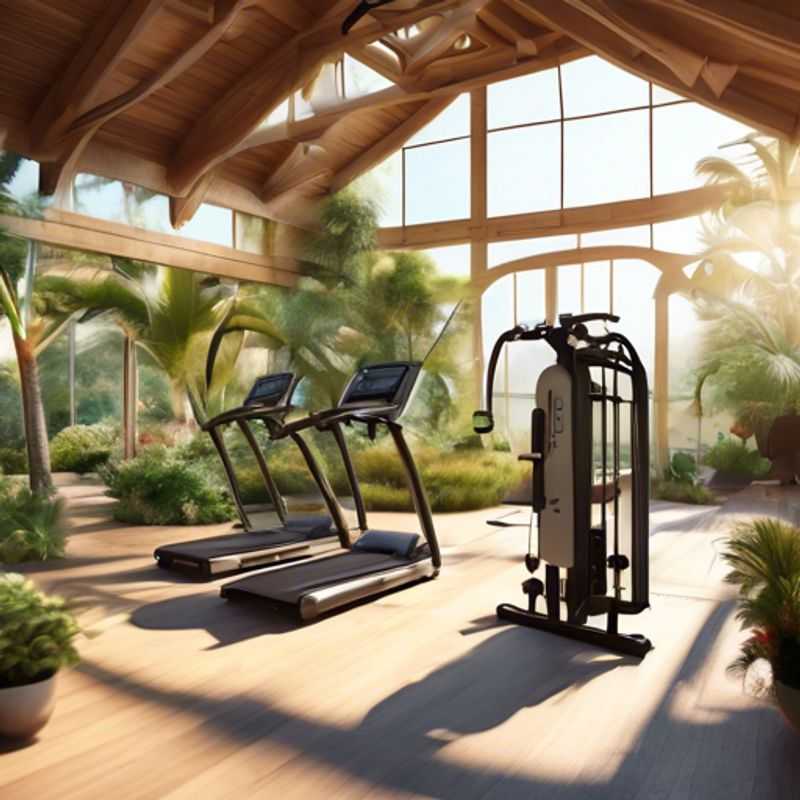
Customer Reviews: Your Guide to Durable Garden Gym Quality
Before investing in a garden gym, it's wise to delve into customer reviews to get a feel for the product's quality and durability. Customer reviews can be an invaluable source of information, offering insights into the product's build, longevity, and overall user experience. By reading these reviews, you can gain a realistic picture of the garden gym's performance and whether it aligns with your expectations and needs.
Pay close attention to reviews that discuss the gym's materials, construction, and how it holds up to regular use. Look for comments about the ease of assembly, stability, and any issues with wear and tear. Customer reviews can also highlight potential downsides or limitations, such as noise levels or space requirements, which can help you make a more informed purchase decision.
Remember, it's always a good idea to cross-reference reviews from multiple sources to get a well-rounded understanding. Look for recurring themes and patterns in the feedback, as this can indicate potential strengths or weaknesses of the garden gym.
